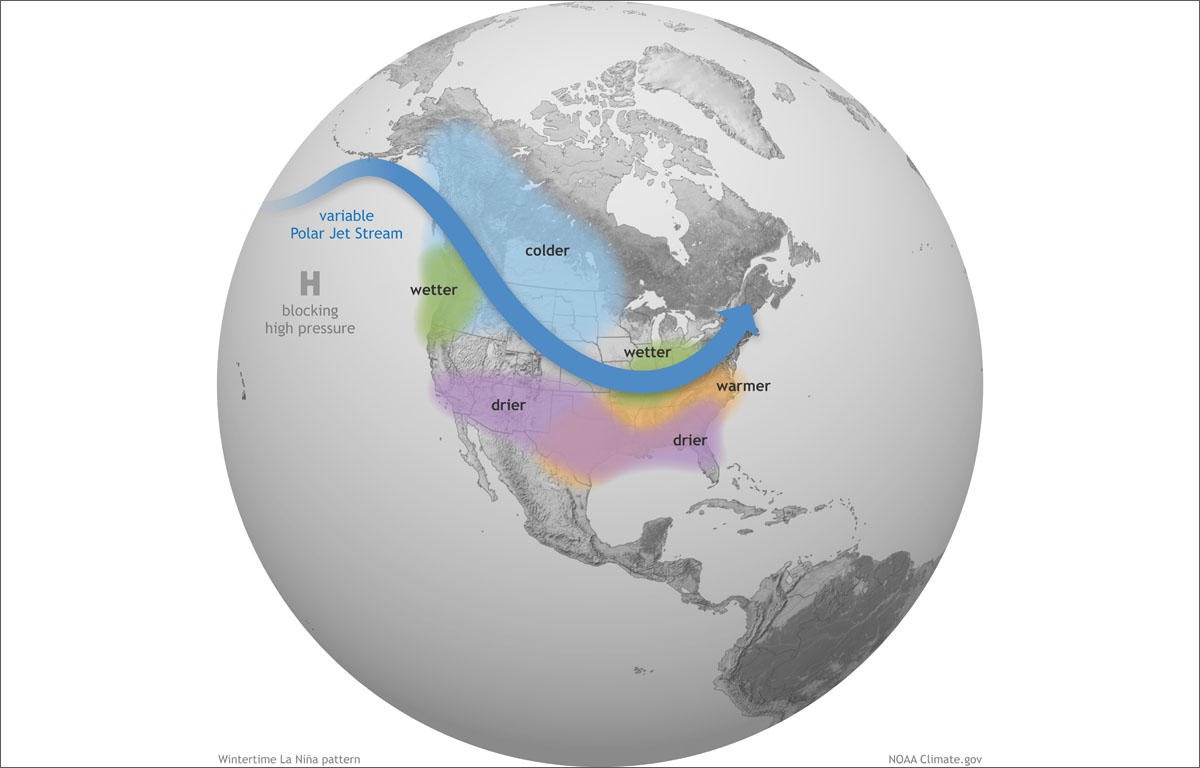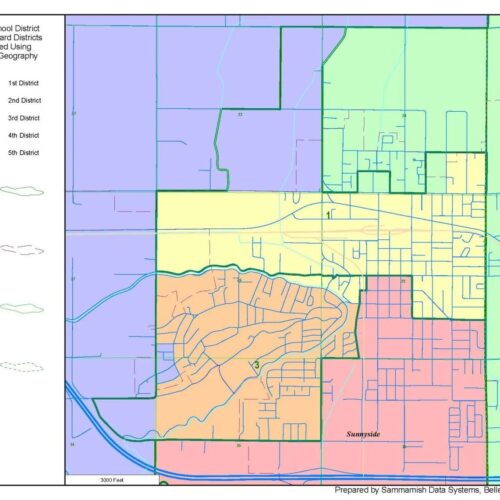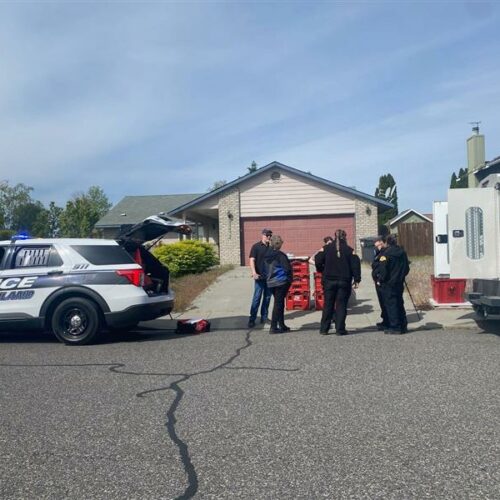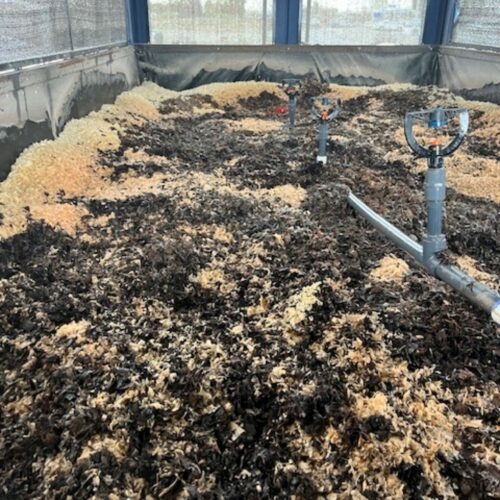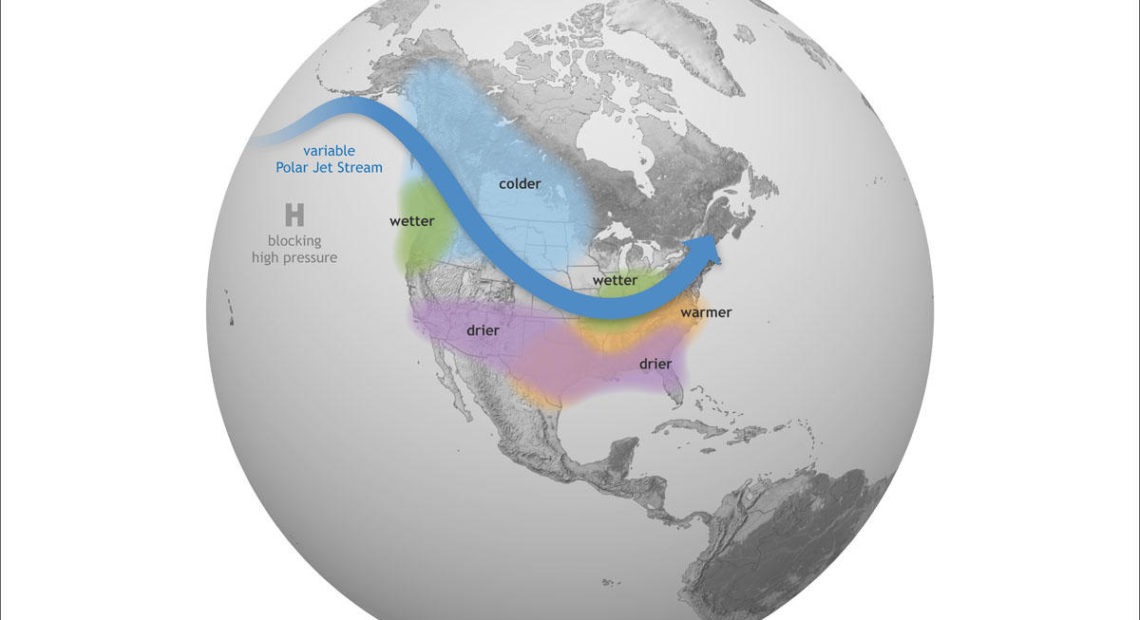
La Niña Exits Weather Stage As Spring Beckons
Listen
The National Oceanic and Atmospheric Administration declared Thursday that a weak and short-lived La Niña weather phenomenon is over.
La Niña and its opposite El Niño are tropical climate patterns that can strongly influence snowfall and temperatures in the Pacific Northwest. La Niña is characterized by unusually cold surface waters in the equatorial Pacific Ocean.
The domino effects this time around were mostly true to form — for example, with lowland snow — observed Kathie Dello, the deputy director of the Oregon Climate Service at Oregon State University.
“La Niña and El Niño tend to impact the winter. While we do have some left, most of that is behind us,” Dello said.
Under the “neutral” conditions present now in the tropical Pacific, “there’s not much we can say about the connection to what spring may look like,” she said.
For a hint of what lies in the near future, Dello turned to the one month and three month outlooks from the National Weather Service Climate Prediction Center. Those forecasts say the odds favor a warmer and wetter than average Februaryacross the Northwest and then a normal spring after that.
Copyright 2017 Northwest News Network
Related Stories:
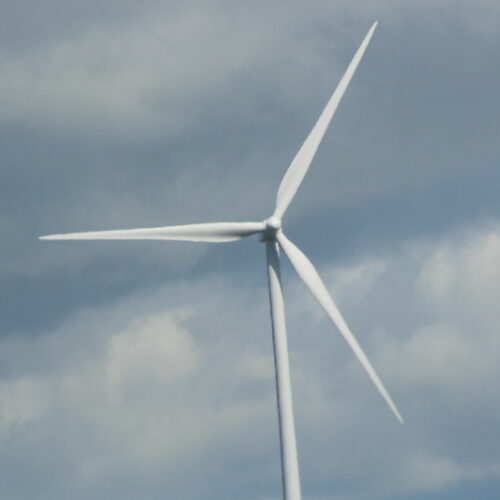
Washington council approves wind farm near the Tri-Cities, slashing turbine numbers
A controversial wind farm that was set to be the largest in Washington has been slashed nearly in half. (Credit: John McIntyre / Flickr Creative Commons) Listen (Runtime 1:06) Read… Continue Reading Washington council approves wind farm near the Tri-Cities, slashing turbine numbers
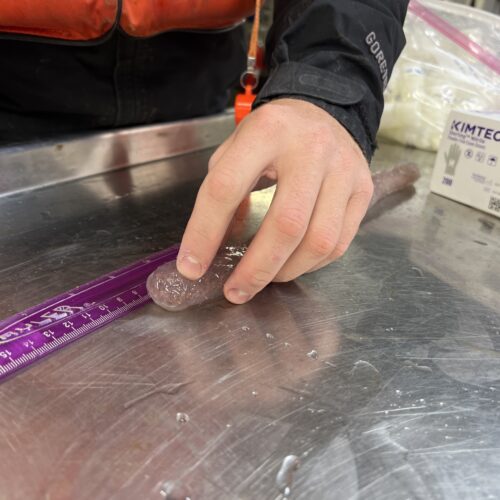
Pickle-shaped sea creatures popping up along the NW coast, why it’s important
Scientist Kris Bauer measures a pyrosome that was caught in a net aboard the Bell M. Shimada in May 2022. (Credit: Courtney Flatt, Northwest News Network) Listen (Runtime 0:59) Read… Continue Reading Pickle-shaped sea creatures popping up along the NW coast, why it’s important
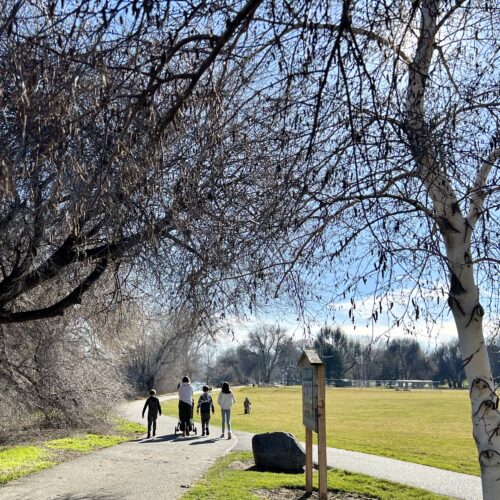
Study: as the climate changes, the desert Tri-Cities is actually getting cooler
People walk along a trail at Leslie Groves Park in Richland, Wash. (Credit: Courtney Flatt / Northwest News Network) Listen (Runtime 1:02) Read A new study has found – when it… Continue Reading Study: as the climate changes, the desert Tri-Cities is actually getting cooler

